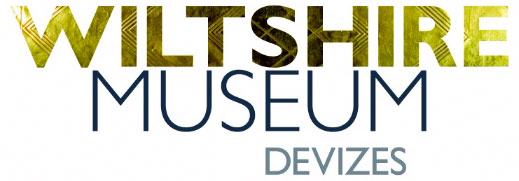brooch


Description
Summary: A leaded bronze square-headed brooch, with mercury gilded surface, with human and animal design, from Grave 31, from the pagan Saxon cemetery called 'Black Patch' at Blacknall Field, Pewsey, Wiltshire, excavated by Ken Annable and the Wiltshire Archaeological and Natural History Society, 1969-1976.
Research results
One of a pair of Early medieval square-headed brooches found in Grave 31 in the Early Anglo-Saxon Cemetery at Blacknall Field, Pewsey, excavated by Ken Annable and the Wiltshire Archaeological Natural History Society between 1969 and 1976. The brooch was found with the burial of a mature woman in her 30s, and is decorated in Salin's style I; a decorative style which often incorperates complex zoomorphic and anthropomorphic elements. The central panel of this brooch is decorated with two style I animals, which combine to create the impression of a human mask; two animal heads flank the top of the footplate which are adjoined to lappets in the form of human masks; the footplate itself is decorated with a further style I animal and with another mask at the terminal.
This object was examined by Leah Moradi of the University of Exeter as part of her study investigating shamanistic and totemic practices and beliefs in fifth to seventh century Wessex and East Anglia through depictions of humans and animals on contemporary grave goods. Her study found that anthropo- and zoomorphic decoration was most often found with mature women between the ages of around 25 and 40, suggesting that some members of this group may have held a special status. She also notes that anthropomorphic depictions and the use of gold or gilding was more common in the wessex region, whilst depictions of certain animals, especially horses and birds, were far rarer; this may imply regional variation in belief structures, or the traditions of display through which they were presented.
Not found what you are looking for? Try a new search or search the Wessex Museums Virtual Collection.

